When you’re preparing for back-to-school season, it’s the perfect time to pull out all your fun, new “get to know you” games or icebreakers for kids. Back-to-school games can go a long way in the early weeks of school to help your students feel more comfortable in the classroom. Plus, they will get to know you and their classmates!
Whether your school shuffles students around from year to year, you’ve got a batch of pre-K or kindergarten students who are brand-new to attending school, or you’ve got some new kids who just moved into the district, using first day of school and first week of school get to know you games can make a big difference in creating a team atmosphere and maybe even help your students forge new friendships.
The teachers on the Teach Starter team have put together some of our favorite ideas for breaking the ice and helping students through that crucial get to know you phase of a school year. Read on for tips on how to introduce a get to know you game and some fun activities for your elementary classroom!
What Is a Get to Know You Game?
If you’re not familiar with the idea of “get to know you” games, maybe it’s simply because you haven’t used that term before.
These games are activities that are fun and built around loosening students up, helping them “break the ice” so to speak, with you and other classmates who they might not know very well.
Maybe you’ve done your own fair share of get to know you games or icebreaker activities in staff meetings or during an orientation, but they were called openers or challenges that just so happened to kick things off? Then you know they can help give people something to talk about and help them quickly build up a rapport.
Best of all … we’ve got plenty of fun get to know you games and activities for kids from pre-school on up to middle school!
See our favorite teacher-created first day of school resources!
Get to Know You Games for Kids
It’s important that any get to know you game you use to help your students in the early friendship-building phase doesn’t require young kids to take social risks they aren’t ready for. This can do the opposite of what you’re hoping to do — forcing shy students back into their shells, rather than creating familiarity and comfort in the learning environment.
You’ll also want to steer clear of get to know you games that are just too cheesy. Primary students may give you a pass, but those older kids — especially fourth grade on up — will let you know they’re just not into it!
One final note before we share our favorite get to know you games: Focus on points of commonality that don’t leave students out. Asking students to share information about their family, for example, can be rife with sensitive spots. Make sure students are all on equal playing fields.
Fold Get to Know You Fortune Tellers
Whether you call them cootie catchers or fortune tellers, the popular paper flap games are a big hit in the classroom. But did you ever think to use them as a get to know you game? Print out the fortune teller template (it’s free!), and fill it in with get to know you questions such as “what day is your birthday?” and “how many siblings do you have?”
Photocopy, and distribute to your students, splitting them into groups of two to play “fortune teller” together. They’ll have fun seeing if the fortune teller can guess the correct answers!
Find Four Classmates
Find Four is a great get to know you game for helping kids get up and get those wiggles out while introducing themselves to their new classmates. The premise is simple:
- Students are given a card broken out into different squares with instructions in each square (You can print a pre-filled Find Four card here!).
- Each instruction tells them to “find four” classmates who meet different criteria such as “find four classmates who have a dog.”
- It’s up to your students to wander the room and ask their peers questions about themselves to see if they can “find four!”
- Students can write the names of their “our” in the boxes — a great way to help kids commit new names to memory.
Best for grades: 2 through 5
Chase the Name
Remember ‘Duck, Duck, Goose’? This fun get to know you game is a twist on the classic playground game and a great one to help new students remember each other’s names.
- Students sit in a circle with one person, “it”, standing on the outside.
- The person who is “it” walks around the circle, gently tapping each person on the head, saying that person’s name as they do (instead of saying “duck”).
- If the person who is “it” taps someone and says the class name instead (e.g. “Ms. Green’s class” instead of saying “goose”), the tapped person has to stand up and chase “it” around the circle trying to tag them before “it” takes their spot.
Best for grades: Pre-K and up
Go on a Classmate Scavenger Hunt
Send your students on a scavenger hunt to break the ice with their new classmates … only they don’t need to find something. They need to find someone, or rather several someones! Very similar to Find Four, this get to know you game for kids may be more appropriate for smaller classes where “finding four” might be tough or for younger students.
From someone who has a pet to someone who has blue eyes, this activity gets kids up and moving, as well as meeting and greeting their classmates.
Best for grades: 1 through 3
Play Two Truths and a Lie
This game is a classic (and fairly addictive) get to know you game that can be played as a whole class or in small groups.
- Each person in the class comes up with three statements about themselves. Two should be true statements, and one should be false. Depending on the age of your students, you might allow them to think up the statements and keep them in mind or to practice writing them down.
- Working your way down the class list, call on students one by one.
- When called on, each student should announce their 3 statements for the rest of the class to determine which statement they think is false.
Some different ways to play this game are:
- Have the entire class vote by a show of hands, guessing which statement they think is false.
- Have each student write down which statement they think is false, and see who gets the most correct.
Best for grades: 2 and up
Throw a Beach Ball Get to Know You Game
Photo courtesy of fourth and fifth grade teacher Lana
The Beach Ball Get to Know You game is another classic and fun way for you to get to know your students and for your students to get to know each other!
- Use a permanent marker to write a question on each panel of a blow-up beach ball.
- Standing or sitting in a circle, students throw or roll the ball to someone else in the circle.
- When students receive the ball, they answer the question that is facing them. Then they pass or roll the ball to someone else.
This game can be so easily tailored to suit the context of your classroom or the time of year. You could prepare a variety of beach balls to bring out for brain breaks too (check out six of the Teach Starter teachers’ favorite ways to use balls in the classroom)!
For example, with a new class, you may write some more basic “get to know you” questions such as “What is your favorite thing to do on the weekend?” Returning from a break with a class you already know you may write different questions like “If you could live anywhere in the world, where would it be and why?”
Complete an All About Me Poster
Get to know your students and save time on a Back-To-School or Meet the Teacher Night bulletin board display with a simple All About Me activity. This printable poster will have your students highlighting themselves in the following prompts:
- Self Portrait
- Favorite Books
- Favorite Song
- Favorite Subject
- And more!
After your students have completed their posters, ask for volunteers to see who would like to share their creations in front of the class!
Best for grades: 2 and up
Wipe That Smile Off Your Face
Hey, we promised these get to know you games were fun, right? Well, this one is FUN, and for fans of the YouTube “try not to laugh” challenges, it will be a big hit!
- Students sit in a circle and the teacher chooses one person to start the game.
- That person smiles their widest, biggest, cheesiest smile at everyone else in the circle, trying to make them laugh. However, they must be silent, and cannot pull faces or be silly, all they can do is smile.
- For every person in the group who laughs at their smile, they receive one point.
- After they have smiled at everyone in the group, they ‘wipe’ the smile off their face with their hand and ‘pass’ the smile to the next person in the circle.
Best for grades: Pre-k through 3
Play a Back to School Scatter Game
This fun Scattegories-style get to know you game will initiate classroom introductions and promote team building!
Here’s how to play:
- Provide students with a recording sheet and writing utensils. Students choose a partner and sit where neither can see the other’s recording sheet.
- Display the first topic slide and set a 60 second time limit. Each student must record as many items as possible relating to the prompt within the time allowed.
- When the timer is up, have pairs share their lists and give themselves a point for each matching response. The pair with the most matches will be the winners!
- After each round, students must find a different partner and repeat the process. At the end of the game, have each student share one fun fact they learned about a partner in class.
Best for grades: 2 through 5
Play Heads or Tails
This is an easy get to know you game to play in the classroom that requires almost no set-up. All you need is a pile of pennies and your whiteboard markers!
- On your whiteboard, create two separate lists with the word “Heads” on top of one and “Tails” on top of the other.
- List One should be a list of favorites such as animal, color, book, etc.
- List Two should be “would you rather” questions — would you rather have a dog or cat, eat cereal for breakfast or dinner, etc.
- Have your students pair off, and give each pair a penny.
- Students in each pair then trade off flipping the coin.
- If they get a “heads,” they have to share an answer from list one with their partner, working down the list in order.
- If they get a “tails,” they have to tell their partner their answer to a “would you rather” question from the list, working down the list in order.
Best for grades: 2 and up
Alternate ways to play:
Instead of writing it all out, try one of our Would You Rather question sets that are available in Google Slides!
Create Cards for a Memory Matching Game
Another twist on a familiar classic, this is a great get to know you game for older students. In this game, students create their own cards to play a game of memory with a partner.
- Provide students with an even number of blank cardboard squares or rectangles that are all the same color and size. They will create two memory cards for every fact about themselves (i.e. To create 3 facts every student needs 6 cards. To create 5 facts, each student needs 10 cards.).
- On each pair of cards, students write or draw a fact about themselves. You may like to provide students with a list of prompts to help.
- When they have finished creating their ‘My Memory’ cards, students shuffle their cards with a partner and play a game of memory.
- Students can rotate to play with other new partners too.
Play a Movement Break Task Card Game
This get to know you game is great for the lower grades, and it makes for a great movement break during those early days of school. Download the task cards, and tell your students to stand up near their desks or in a circle. If the weather is nice, you may even want to take the class outside to get some of their wiggles out while the kids get to know one another.
As each card is read aloud to the students, they respond appropriately if the information applies to them, e.g., jump up and down if you have an older brother. Students will find that there will be many cards that do apply to them, and many that do not. They simply stand still for those cards that are not applicable and get to know their classmates!
Best for grades: Pre-K and up
STEM Get to Know You Activities
STEM (Science, Technology, Engineering, and Mathematics) activities make fantastic get to know you games as they encourage kids to work together and start building a team mentality. It can also take some of the pressure off shy students who may feel uncomfortable with activities that focus on aspects of themselves and their own lives.
STEM tasks help you to assess where your new students are at in terms of general knowledge and higher-order thinking skill development. Additionally, you will be able to see how students work in groups which will help with classroom and behavior management planning.
Here are some great open-ended STEM tasks that your students can work on in small groups.
Early Elementary STEM Task Cards
This set of STEM task cards for early elementary students contains 22 different challenges that students can complete with commonly found and easily sourced materials. From creating the tallest button tower to racing cars without using their hands, these activities are a super fun way to get kids engaging with their new peers.
Upper Elementary STEM Task Cards
You can download this “Build a Raft” STEM challenge! Or you check out our STEM Challenge Task Cards for upper grades too.

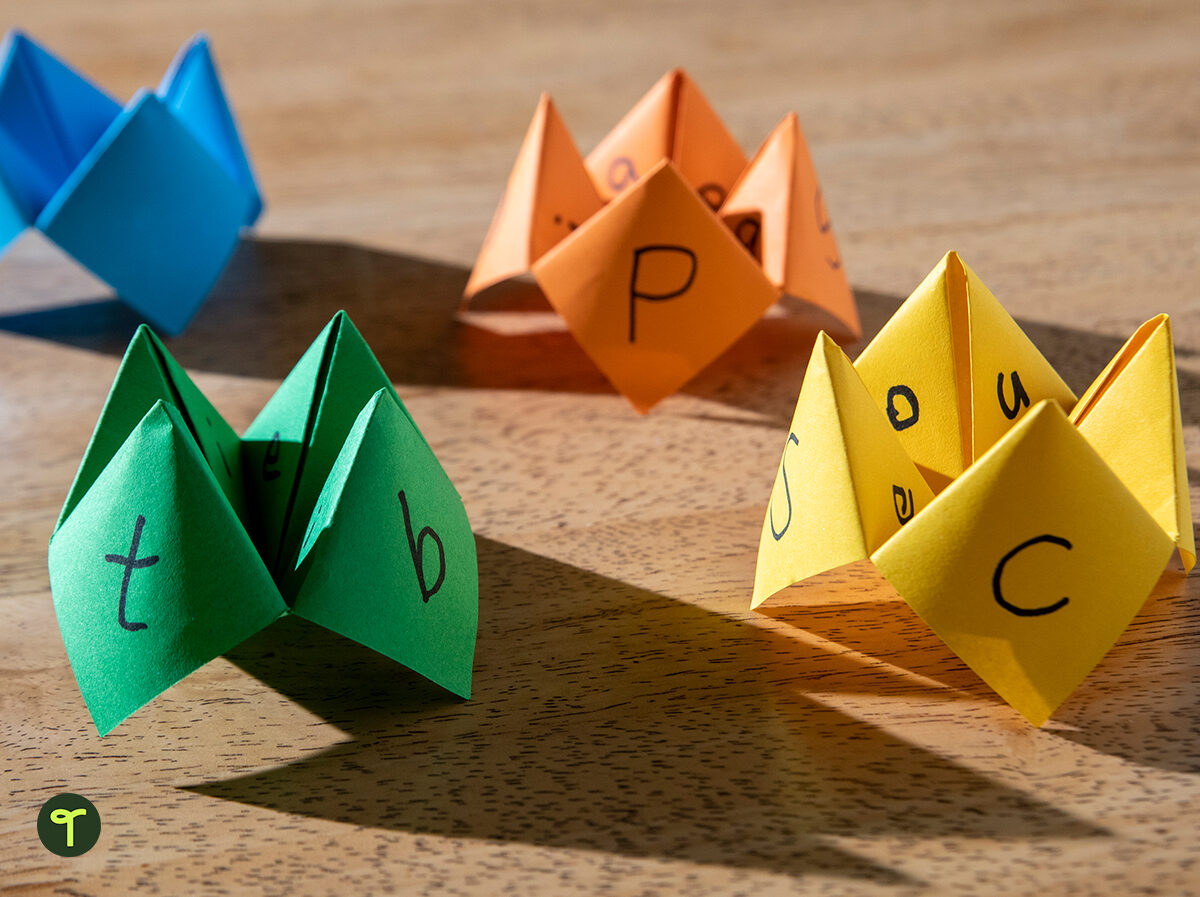
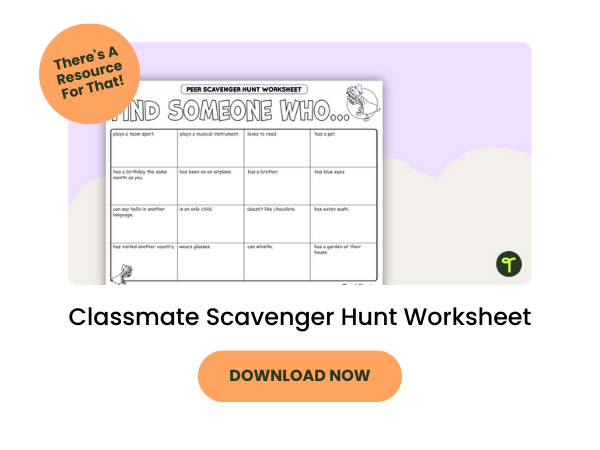

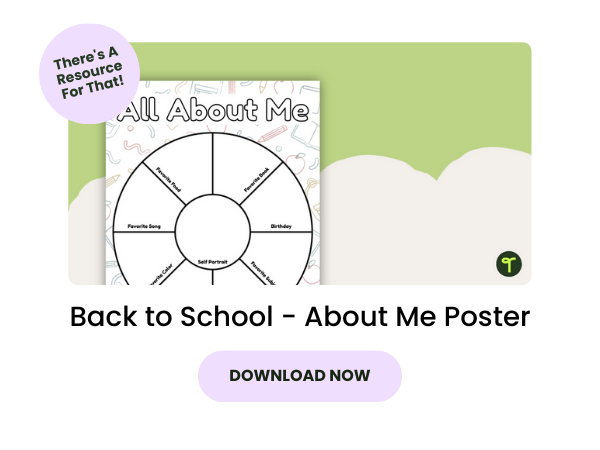
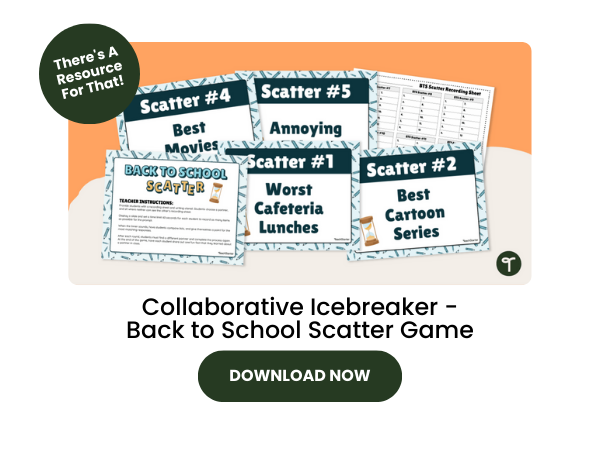
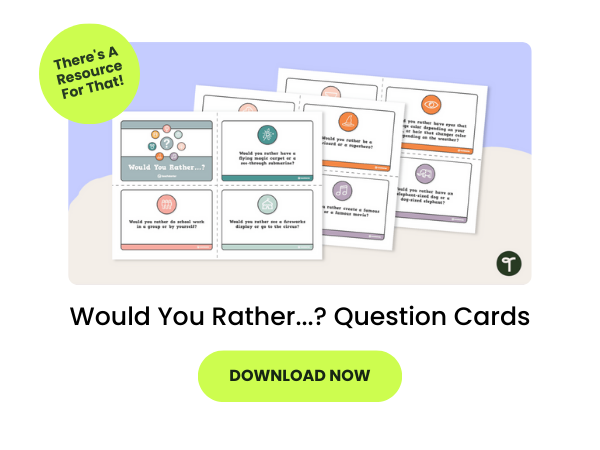








Comments